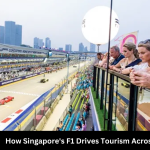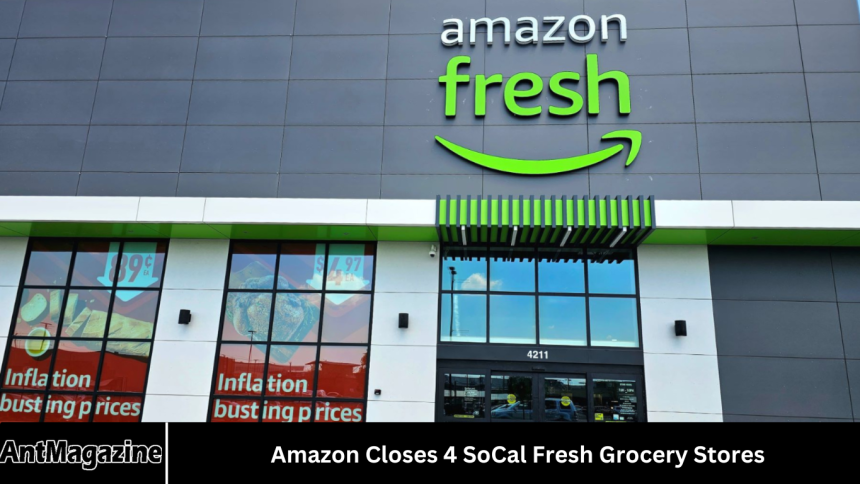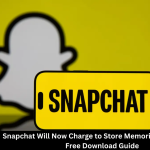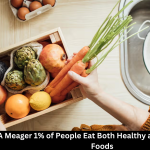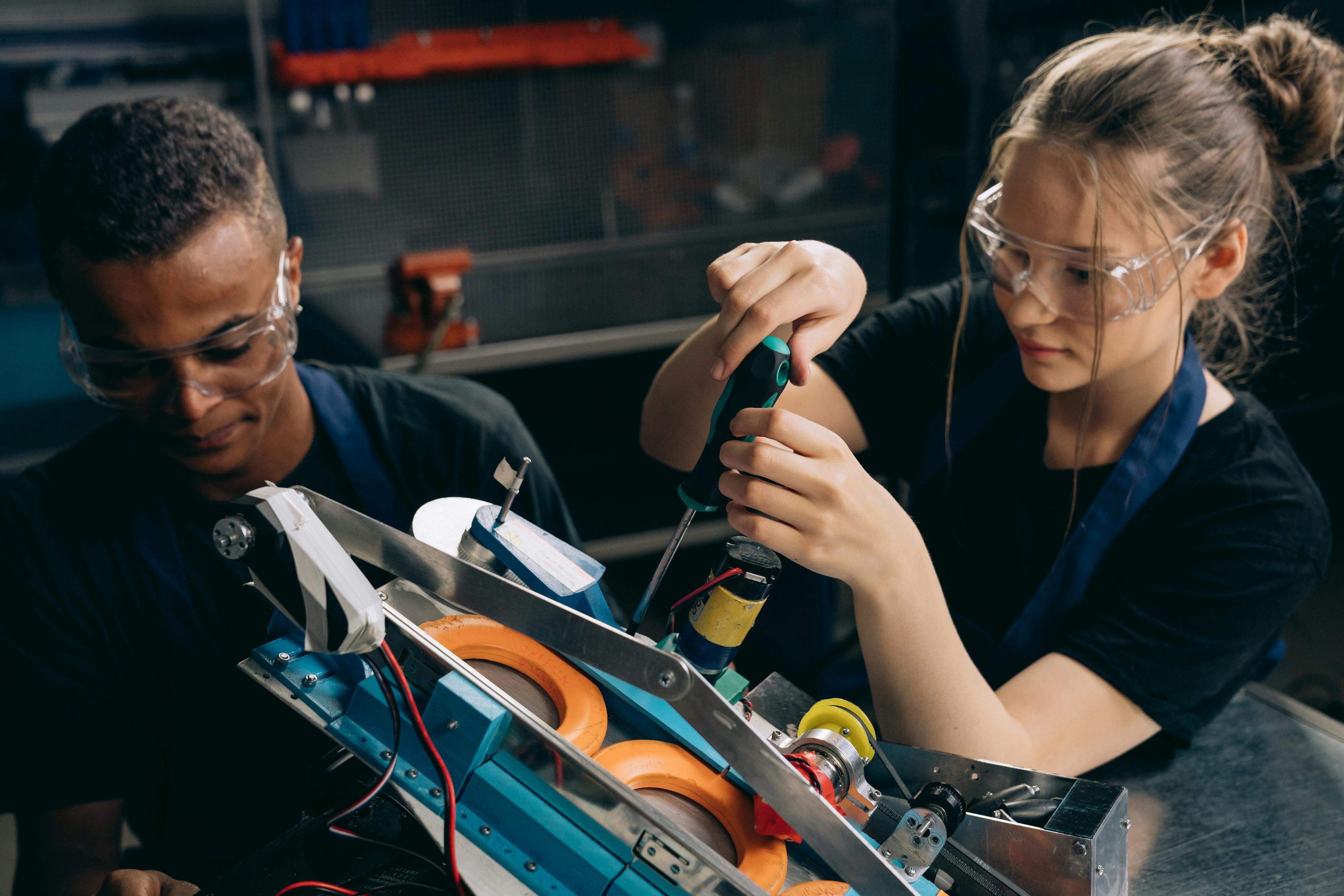In a move that has sent ripples through the retail world, Amazon has confirmed the closure of four of its Amazon Fresh grocery stores in Southern California.
- The Stores in Question: A Farewell to Four SoCal Locations
- Decoding the “Why”: The Multifaceted Reasons Behind the Closures
- 1. A Broader Strategy of Retrenchment and Re-evaluation
- 2. Intense Competition in the Southern California Grocery Landscape
- 3. The “Just Walk Out” Technology: A Solution in Search of a Problem?
- 4. An Identity Crisis: What Is Amazon Fresh?
- 5. The Overlap with Whole Foods Market
- The Ripple Effect: Impact on Employees, Customers, and the Market
- The Bigger Picture: What’s Next for Amazon Grocery?
- Lessons for the Retail Industry
- Frequently Asked Question
- Which specific Amazon Fresh stores in Southern California are closing?
- Why is Amazon closing these stores?
- What will happen to the employees who worked at these locations?
- Does this mean Amazon is giving up on its physical grocery stores?
- How does this relate to Whole Foods, which Amazon also owns?
- I shopped at one of these stores regularly. What are my alternatives?
- What does this say about the “Just Walk Out” technology?
- Conclusion
This decision is more than a simple retail adjustment; it’s a stark indicator of the e-commerce giant’s ongoing struggle to find the right recipe for success in the fiercely competitive, low-margin grocery industry.
The closures, affecting stores in Simi Valley, Irvine, Anaheim Hills, and Fountain Valley, represent a significant pullback from a region once considered a prime battleground for Amazon’s physical retail ambitions.
More Read: Jessica Simpson Makes Spirited Entrance on The Jennifer Hudson Show
The Stores in Question: A Farewell to Four SoCal Locations
The four stores closed their doors for good in early 2024, leaving employees to be reassigned or offered severance packages and customers with one less grocery option. Let’s take a closer look at the specific locations:
-
Simi Valley: Located in the Simi Valley Town Center, this store was part of a broader effort to anchor Amazon in suburban community hubs.
-
Irvine (The Marketplace): Situated in the highly competitive Irvine market, this store faced direct competition from established players like Whole Foods (also owned by Amazon), Trader Joe’s, and Albertsons.
-
Anaheim Hills: This location served a more affluent suburban demographic, testing Amazon’s appeal beyond its core urban and tech-savvy base.
-
Fountain Valley: Another store in a densely populated Orange County area, facing off against a myriad of local and national chains.
The closure of these specific stores is telling. They were not failed experiments in untested markets; they were core components of Amazon’s initial Southern California rollout.
Their shuttering suggests a fundamental reassessment of the entire Amazon Fresh format, rather than a simple pruning of underperforming locations.
Decoding the “Why”: The Multifaceted Reasons Behind the Closures
Amazon’s decision to close these stores is not the result of a single failure but a confluence of strategic, operational, and market-driven factors.
1. A Broader Strategy of Retrenchment and Re-evaluation
These Southern California closures are not an isolated incident. They are part of a nationwide pattern.
In late 2023 and early 2024, Amazon shuttered several other Fresh stores across the country, pausing the brand’s rapid expansion. The company has been openly candid about this period of introspection.
In a statement, an Amazon spokesperson said, “Like any retailer, we periodically assess our portfolio of stores and make optimization decisions along the way.
We remain committed to growing our Amazon Fresh stores and… will continue to learn which locations and features resonate most with customers.”
This corporate language translates to a clear message: the initial “build-it-and-they-will-come” model for Amazon Fresh did not deliver the expected results.
The company is now in a phase of retrenchment, analyzing data from its remaining stores to understand what works before committing to further expansion.
2. Intense Competition in the Southern California Grocery Landscape
Southern California is one of the most saturated and competitive grocery markets in the United States. An Amazon Fresh store in Irvine isn’t just competing with the grocery store across the street; it’s competing against a vast and diverse ecosystem:
-
High-End: Whole Foods, Erewhon, Bristol Farms
-
Value & Private Label: Trader Joe’s, Aldi, Grocery Outlet
-
Traditional Giants: Albertsons (Vons/Pavilions), Kroger (Ralphs), Stater Bros.
-
Warehouse Clubs: Costco, Sam’s Club
-
Hispanic Supermarkets: Vallarta, Northgate González Market
-
Regional Chains: Gelson’s Markets, Sprouts Farmers Market
Breaking into this crowded field requires a clear and compelling value proposition. For many shoppers, Amazon Fresh failed to establish a unique identity that justified switching from their established loyalties.
3. The “Just Walk Out” Technology: A Solution in Search of a Problem?
A cornerstone of the original Amazon Fresh vision was its “Just Walk Out” technology. The promise was revolutionary: grab your groceries and leave, with your Amazon account automatically charged. However, in practice, the technology presented several challenges:
-
Customer Confusion and Distrust: Some shoppers reported feeling anxious about the seamless checkout process, unsure of what they were being charged for in real-time.
-
Technical Glitches: While generally reliable, the system was not perfect. Occasional errors led to customer service headaches and eroded trust.
-
High Operational Costs: Maintaining the complex network of ceiling cameras and sensors is expensive. The return on investment for this technology in a low-margin business like groceries is difficult to justify if it doesn’t significantly drive sales.
-
The Human Element: Many customers like interacting with cashiers and store staff. The sterile, technology-heavy experience alienated a segment of the grocery-shopping population.
In newer Amazon Fresh locations, the company has de-emphasized “Just Walk Out” in favor of the more familiar Dash Cart, suggesting a strategic pivot away from what was once its flagship innovation.
4. An Identity Crisis: What Is Amazon Fresh?
From its inception, the Amazon Fresh format suffered from an identity crisis. Was it a technology showcase? A value-oriented competitor to Albertsons? A quality-focused rival to Whole Foods? It often seemed to be stuck in an awkward middle ground.
-
Pricing: It wasn’t cheap enough to consistently attract budget-conscious shoppers who frequented Aldi or Walmart.
-
Quality & Experience: It wasn’t elevated or unique enough to pull customers away from the curated experiences of Trader Joe’s or the premium offerings of Erewhon and Whole Foods.
-
Private Label: While Amazon has developed a wide array of private-label products, from Happy Belly to Aplenty, they have yet to achieve the cult-like following of Trader Joe’s branded goods or the prestige of Whole Foods’ 365 brand.
Without a clear brand identity, Amazon Fresh struggled to build a loyal customer base, making it vulnerable to the slightest inconvenience or a better weekly ad from a competitor.
5. The Overlap with Whole Foods Market
Amazon’s $13.7 billion acquisition of Whole Foods in 2017 gave it an immediate and powerful foothold in the grocery sector. However, it also created a strategic conundrum.
With both Amazon Fresh and Whole Foods under its corporate umbrella, the company risks cannibalizing its own sales.
In markets like Irvine, where both formats exist, the two stores were effectively competing for similar segments of the same customer base.
By closing underperforming Fresh stores, Amazon can consolidate its resources and focus on strengthening the Whole Foods brand, which already has a strong, defined identity and a dedicated following.
The Ripple Effect: Impact on Employees, Customers, and the Market
The closure of these stores has tangible consequences beyond a corporate balance sheet.
-
Employees: Amazon has stated it is working to place affected employees in other roles within the company. However, for many, this means potential relocation or a change in their daily work life. The uncertainty and disruption are significant for the workforce.
-
Customers: For those who had integrated Amazon Fresh into their weekly shopping routine, the closures are an inconvenience. It forces them back to other stores and may disrupt their reliance on specific Amazon Fresh services or private-label products.
-
Commercial Real Estate: The closure of large-format grocery stores leaves significant vacant retail spaces, which can be challenging to fill. Landlords in these shopping centers now face the task of finding new anchor tenants in an evolving retail environment.
-
Competitor Response: Rival grocery chains are undoubtedly watching Amazon’s moves closely. This pullback presents an opportunity for them to double down on their strengths and capture the market share Amazon is leaving behind.
The Bigger Picture: What’s Next for Amazon Grocery?
The closure of these four SoCal stores is a tactical retreat, not a strategic surrender. Amazon is not giving up on groceries; it is recalibrating its approach. The future of Amazon Grocery appears to be a three-pronged strategy:
-
A Refined, Scaled-Back Amazon Fresh Format: The future of the Fresh brand likely lies in a smaller, more efficient store format. Newer locations are experimenting with different layouts, less reliance on “Just Walk Out,” and a sharper focus on a specific value proposition, whether it’s convenience, value, or a curated selection.
-
The Dominance of Whole Foods Market: Whole Foods will almost certainly remain the premium, physical flagship of Amazon’s grocery division. Expect continued investment in this brand, leveraging its strong reputation for quality and organic offerings.
-
The Primacy of Online Delivery: At its core, Amazon is a logistics and e-commerce company. Its most successful grocery venture remains Amazon Fresh online delivery and the integration of Whole Foods offerings into Prime Now. The company’s ultimate goal may be to use its physical stores as hyper-local fulfillment hubs to make its online grocery delivery service faster, cheaper, and more efficient than anyone else’s.
Lessons for the Retail Industry
Amazon’s stumble in the physical grocery space offers valuable lessons for the entire retail industry:
-
Technology Must Add Value, Not Just Wow: The “Just Walk Out” technology was innovative, but it didn’t solve a pressing customer pain point for a significant enough portion of the market. Retail technology must enhance the shopping experience in a meaningful way, not just be a novelty.
-
Brand Identity is Paramount: In a crowded market, a clear and compelling brand identity is non-negotiable. You cannot be all things to all people.
-
Even Giants Can Stumble: Amazon’s vast resources and technological prowess do not guarantee automatic success in every new venture it undertakes. The fundamentals of retail—location, selection, price, and experience—still matter immensely.
Frequently Asked Question
Which specific Amazon Fresh stores in Southern California are closing?
Amazon closed four of its Amazon Fresh grocery stores in early 2024. The specific locations are:
- Simi Valley (Simi Valley Town Center)
- Irvine (The Marketplace)
- Anaheim Hills
- Fountain Valley
- These stores have permanently ceased operations.
Why is Amazon closing these stores?
Amazon stated this is part of a routine portfolio assessment to optimize its grocery business. The decision points to a broader strategic shift. The stores were likely underperforming in the highly competitive Southern California market, and the initial “Just Walk Out” technology-heavy format failed to build a strong enough loyal customer base to justify keeping them open.
What will happen to the employees who worked at these locations?
According to Amazon, they are working to place affected employees in other roles within the company where possible. Those who cannot be placed or who choose not to transfer will be offered severance packages.
Does this mean Amazon is giving up on its physical grocery stores?
Not exactly. This is better described as a “strategic pullback” or “pause” rather than a full exit. Amazon is closing underperforming locations to reevaluate its strategy. The company has stated it remains committed to the Amazon Fresh brand but is focusing on learning what store formats and features resonate most with customers before continuing its expansion.
How does this relate to Whole Foods, which Amazon also owns?
The closure of these Fresh stores helps Amazon reduce internal competition, especially in markets like Irvine where both brands operated. It allows the company to consolidate its efforts and focus on strengthening the Whole Foods brand, which already has a well-defined, premium identity and a dedicated customer base.
I shopped at one of these stores regularly. What are my alternatives?
If you were a customer, you have several options:
- Other Amazon Fresh Stores: You can visit other remaining Amazon Fresh locations in the broader Southern California area.
- Online Grocery Delivery: You can continue to use the Amazon Fresh service online for home delivery, which remains a core part of Amazon’s grocery strategy.
- Whole Foods Market: As an Amazon-owned competitor, you can shop at Whole Foods, and your Prime membership benefits still apply.
- Other Competitors: The Southern California market is filled with alternatives, including Ralphs, Vons, Albertsons, Trader Joe’s, and Sprouts.
What does this say about the “Just Walk Out” technology?
The closure of these early-adopter stores indicates that the “Just Walk Out” technology alone was not a big enough draw to ensure success. While innovative, it came with high costs and didn’t address a primary pain point for a large enough segment of shoppers. In newer Amazon Fresh stores, the company has been de-emphasizing “Just Walk Out” in favor of more familiar options like the Dash Cart, signaling a shift in its technology-first approach.
Conclusion
The closure of four Amazon Fresh stores in Southern California is a significant event that marks the end of the initial, ambitious rollout of the format.
It is a clear admission that the original model was not working as planned. However, to interpret this solely as a failure is to miss the larger picture.
Amazon is a company known for its relentless experimentation and long-term thinking. It tests, learns, iterates, and sometimes, it pivots.
This closure is a strategic pivot aimed at cutting losses, consolidating resources, and gathering the data needed to build a more sustainable and profitable grocery model for the future.


